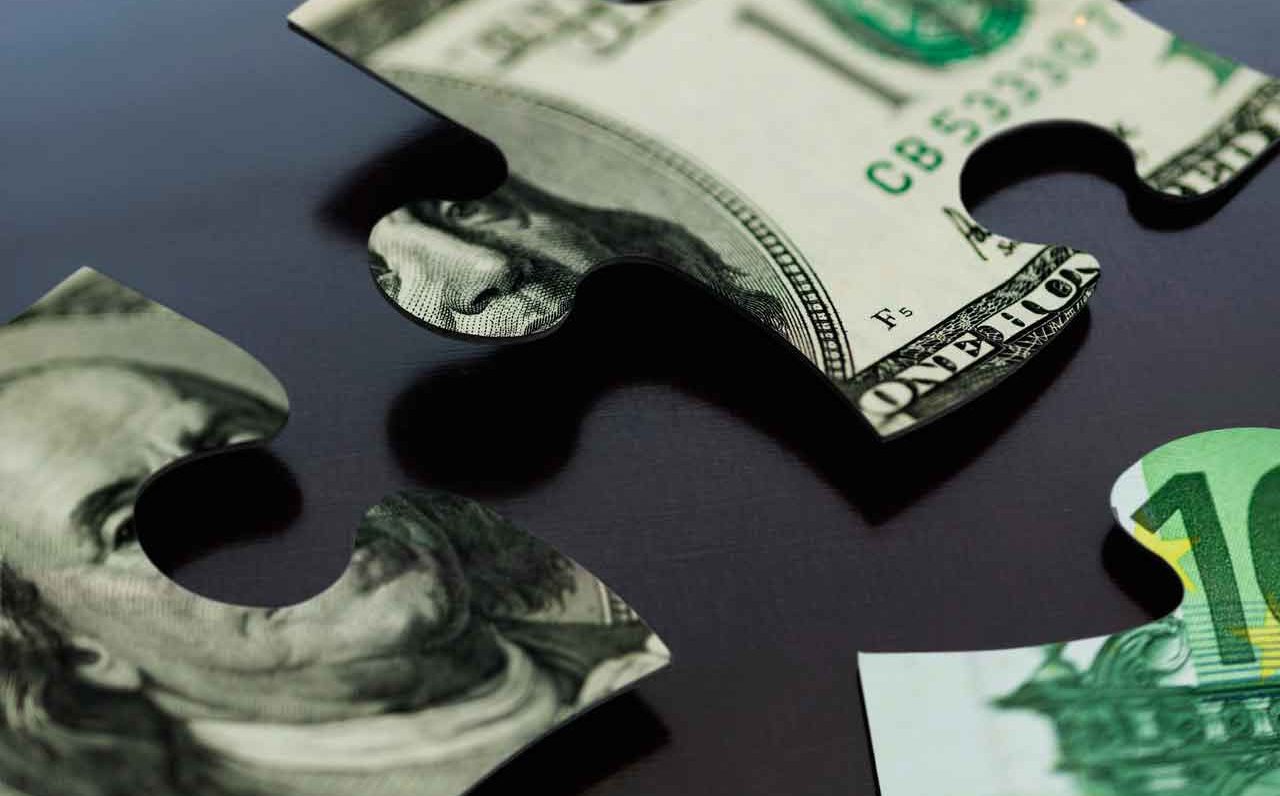What Is a Cash Rate for Healthcare?

The price of healthcare depends on many things, including how you pay. Paying the cash rate for healthcare can sometimes be a smart move, even with insurance.
There is a move toward price transparency in healthcare, backed by a federal rule that went into effect in 2021 requiring hospitals to post their fees online in an easy-to-understand format. The fees listed include both those negotiated with health insurers and the cash rate for healthcare — the amount they are willing to take for an out-of-pocket cash payment.
If you don’t have health insurance, or if you are between coverage due to a job change, paying cash is your only option when you need a test or procedure you shouldn’t put off.
There are other reasons, however, that paying the cash rate for healthcare for medical treatment may be best for you, even if you have healthcare coverage.
YOU MIGHT ALSO LIKE: Our Price Transparency in Healthcare section
Why is the cash rate for healthcare sometimes best?
For many hospitals and healthcare providers, the cash rate for healthcare is remarkably lower than the insured price. A report in the Wall Street Journal (WSJ) noted more hospitals, imaging centers, and outpatient surgery centers are offering deep discounts on cash payment if you don’t have or use insurance.
If you have a high-deductible insurance policy, which doesn’t kick in to cover some of your medical costs until you’ve paid thousands of dollars on healthcare, the cash rate for healthcare can be a good option for certain tests or therapies and potentially save you a substantial amount of money.
For example, the WSJ pointed to the case of a retired lawyer who learned the cash rate for a knee x-ray was $70. But if she used her insurance, paying the deductible, the cost was $600.
Another case in point: The Los Angeles Times explained how a hospital charged an Orange County woman $1,758 for two ultrasounds. Although her insurance paid $500 of her bill, she had not met her deductible for the year and owed the remaining $1,239. Later, when she asked about the medical center’s cash rate fee, she learned the ultrasounds would have cost her only about $500 if she had not used her insurance for the imaging tests.
Such examples of the cash rate being best for some people don’t mean they’re wise for everyone with a high deductible. Your situation, your healthcare policy, and what it covers should guide how you pay for medical care.
How to find the cash rate for your healthcare
Hospitals now have to comply with price transparency federal rules from the Centers for Medicare & Medicaid Services. Hospitals in the U.S. must make public standard charges for items and services they provide.
Under the rules, hospitals are required to share price information that most have kept somewhat under wraps, including the rates they negotiate for procedures with insurance companies and the discounted fees they offer patients who pay cash.
Congress is working to extend the original rules to surgical centers, imaging services, and testing laboratories.
If you’re not finding an answer on your healthcare facility’s website, ask the hospital directly to verify their self-pay and insured rates, so you can compare both.
If you do not get a clear answer about cash payments, check out other healthcare providers for their cash rate price fees. If you decide paying out-of-pocket is right for you, you’ll need to have the cash rate clearly established because you’ll likely be required to pay ahead of time for your medical care.
Updated:
September 08, 2023
Reviewed By:
Janet O'Dell